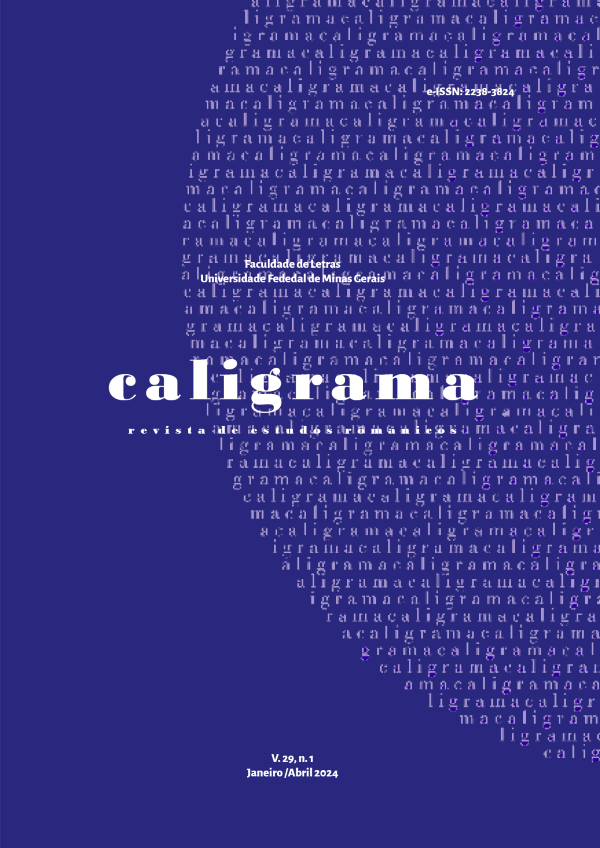The Most Portuguese Village in Portugal” and Muleteers in Diamantina
Representations of Popular Culture in the Portuguese and Brazilian Estado Novo
DOI:
https://doi.org/10.17851/2238-3824.29.1.44-59Keywords:
Adolfo Simões Müller, Basílio de Magalhães, Erich Hess, Panorama magazine, Travel in Brazil magazine, muleteersAbstract
This study analyses an article by Adolfo Simões Müller, published in the magazine Panorama, in 1941, edited by the SPN, and another by Basílio de Magalhães, published in the magazine Travel in Brazil, in 1942, edited by the DIP. Both address aspects of rural popular culture and are illustrated with photographs by Thomaz de Mello and Erich Hess, respectively. Müller deals with the village of Monsanto and Magalhães, with muleteers in the Municipal Market of Diamantina. The aim is to understand how these authors and photographers represent different conceptions of rural popular culture. For the Portuguese Estado Novo, this was conceived as immutable, but should be stylized, prepared for the tourist gaze, and taken as a model for the urban classes. For the regime with the same name in Brazil, it had to be registered, worshipped as the genesis of national identity, but was perceived as being overcome due to Vargas’ developmentalist policy.
Downloads
References
A ALDEIA mais portuguesa de Portugal. Produção: Leitão de Barros. Realização: Dr. António Menezes. Roteiro: Augusto Pinto. Intérprete (narrado por): Estévão Amarante. [S. l.]: [s. n.], 1938. Disponível em: https://www.youtube.com/watch?v=xH80TLL1tnk. Acesso em: 18 dez. 2022.
ANDERSON, B. Comunidades imaginadas. Tradução de Denise Bottman. São Paulo: Companhia das Letras, 2021.
AUGÉ, M. Não-Lugares – introdução a uma antropologia da supermodernidade. Tradução de Maria Lúcia Pereira. Campinas: Papirus, 1994.
CADAVEZ, C. A bem da nação. As representações turísticas no Estado Novo entre 1933 e 1940. 2013. 360 f. Tese (Doutorado emEstudos de Literatura e de Cultura) – Faculdade de Letras, Universidade de Lisboa, Lisboa, 2013. Disponível em: https://repositorio.ul.pt/handle/10451/8401. Acesso em: 26 fev. 2024.
CAPELATO, M. H. R. Multidões em cena: propaganda política no varguismo e no peronismo. 2. ed. São Paulo: Editora Unesp, 2009.
DUTRA, E. de F. Cultura. In: GOMES, Â. de C. (coord.). Olhando para dentro 1930-1964. São Paulo: Fundación MAPFRE-Objetiva, 2019. p. 229-274.
GRIECO, B. Z. (org.). Entrevista com Erich Joachim Hess. Rio de Janeiro: IPHAN, 2013. (Série Memórias do patrimônio, n. 3). Disponível em: http://portal.iphan.gov.br/uploads/publicacao/SerMemPat_MemoriasPatrimonio_EntrevistaErichJoachimHess.pdf. Acesso em: 26 fev. 2024.
HOBSBAWM, E. Introdução: a invenção das tradições. In: HOBSBAWM, E.; RANGER, T. (orgs.). A invenção das tradições. Tradução de Celina Cardim Cavalcante. 15. ed. Rio de Janeiro; São Paulo: Paz & Terra, 2022. p. 7-24.
LISSOVSKY, M. Brasil, refúgio do olhar: trajetória de um fotógrafo exilado no Rio de Janeiro dos anos 1940. Revista Brasileira de História da Mídia, Teresina, v. 2, n. 2, p. 31-44, 2013. Disponível em: https://revistas.ufpi.br/index.php/rbhm/article/view/4080. Acesso em: 26 fev. 2024.
PANORAMA – revista portuguesa de arte e turismo. Lisboa: Secretariado de Propaganda Nacional, n. 2, jun. 1941-. Disponível em: https://hemerotecadigital.cm-lisboa.pt/Periodicos/Panorama/Panorama.htm. Acesso em: 22 maio 2023.
RIBEIRO, C. A educação estética da nação e a “Campanha do Bom Gosto” de António Ferro (1940-1949). Estudos Ibero-Americanos, Porto Alegre, v. 43, n. 2, p. 289-302, maio-ago. 2017. Disponível em: https://revistaseletronicas.pucrs.br/ojs/index.php/iberoamericana/article/view/24663. Acesso em: 26 fev. 2024.
TOM – todo o desenho possível. In: E-CULTURA. Lisboa: Centro Nacional de Cultura, c2024. Disponível em: https://www.e-cultura.pt/evento/21006. Acesso em: 13 fev. 2023.
TRAVEL in Brazil. Rio de Janeiro: The Press and Propagand Dept, v. 1, n. 4, 1941.
VELLOSO, M. P. Os intelectuais e a política cultural do Estado Novo. Rio de Janeiro: Fundação Getúlio Vargas – Centro de Pesquisa e Documentação de História Contemporânea do Brasil (CPDOC), 1987.
VICTORINO, J. G. Propaganda e turismo no Estado Novo: António Ferro e a revista Panorama (1941-1949). Lisboa: Alêtheia Editores, 2018.





